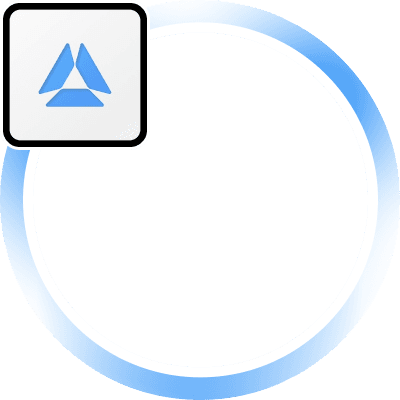Overview
Arweave was founded by Sam Williams and launched in 2018 to address the challenges of reliable, permanent data storage. Unlike other storage systems, it offers long-term availability through a unique blockchain structure called the blockweave. This network combines economic incentives and decentralized technology to ensure data permanence, which makes it especially suitable for storing valuable or immutable information.
Through Arweave’s permaweb, users can store websites, applications, or digital content permanently, eliminating issues like censorship or data loss. It is often compared to IPFS, though with key differences: while IPFS requires regular payments to pin files, Arweave guarantees data permanence with a one-time fee, enabling a different economic model suited for archival use cases.
Architecture and Consensus Mechanism
The blockweave architecture underpins Arweave’s network, where each block connects not only to the previous one but also references older blocks at random. This structure ensures distributed redundancy and faster data recall. Arweave employs a Proof of Access (PoA) consensus model, incentivizing miners to store historical data in addition to the latest transactions. Miners earn AR tokens by validating blocks and providing proof that they hold the requested data.
The blockweave design lowers storage redundancy compared to traditional blockchains, while maintaining integrity. This mechanism ensures scalable growth, encouraging long-term participation by rewarding nodes for storing data reliably.
Key Use Cases
Arweave’s platform supports a wide range of use cases:
- Data Archival: Projects like the Internet Archive collaborate with Arweave to create permanent, decentralized records of web pages and other online content.
- NFT Storage: Many blockchain projects use Arweave to store NFT metadata and assets, ensuring that token-linked content remains accessible indefinitely.
- Journalism and Open Data: Decentralized media platforms leverage Arweave’s immutability to host censorship-resistant publications and public data repositories.
- Web Hosting and Applications: Developers use the permaweb to host decentralized applications and websites, providing a robust infrastructure for open access content.
Ecosystem and Interoperability
Arweave’s growing ecosystem includes tools like ArDrive (user-friendly permanent storage) and AR.IO (handling gateway operations). It also integrates with Ethereum, Solana, and other chains through cross-chain tools like Bundlr, facilitating payments and storage across networks.
Arweave supports seamless data retrieval via standard web browsers, with no need for blockchain-specific software. Developers can interact with the network through REST APIs and SDKs, enabling easy integration with existing platforms and tools.
Tokenomics and Governance
The native AR token powers the Arweave network, used both for paying storage fees and incentivizing miners. The network’s design accounts for decreasing storage costs over time, ensuring that the one-time fee covers long-term data availability. AR tokens are gradually released, with a fixed total supply capped at 66 million.
Arweave’s governance involves ongoing community participation in protocol development and upgrades, with documentation and tools openly accessible. This decentralization ensures resilience and broad support across its community-driven ecosystem.
Challenges and Future Outlook
Despite its advantages, Arweave faces challenges, particularly around scalability and sustainability. The economic model depends on the continuous decrease in storage costs, and maintaining incentives for miners long-term remains an area of active research. Additionally, regulatory frameworks around decentralized storage are evolving, which may influence adoption.
However, with partnerships involving Andreessen Horowitz, Coinbase Ventures, and the Internet Archive, as well as growing integration with blockchain ecosystems, Arweave is well-positioned to remain a key player in decentralized storage. Upcoming developer initiatives and events, such as bootcamps and hackathons, continue to expand the ecosystem and drive innovation on the platform.





